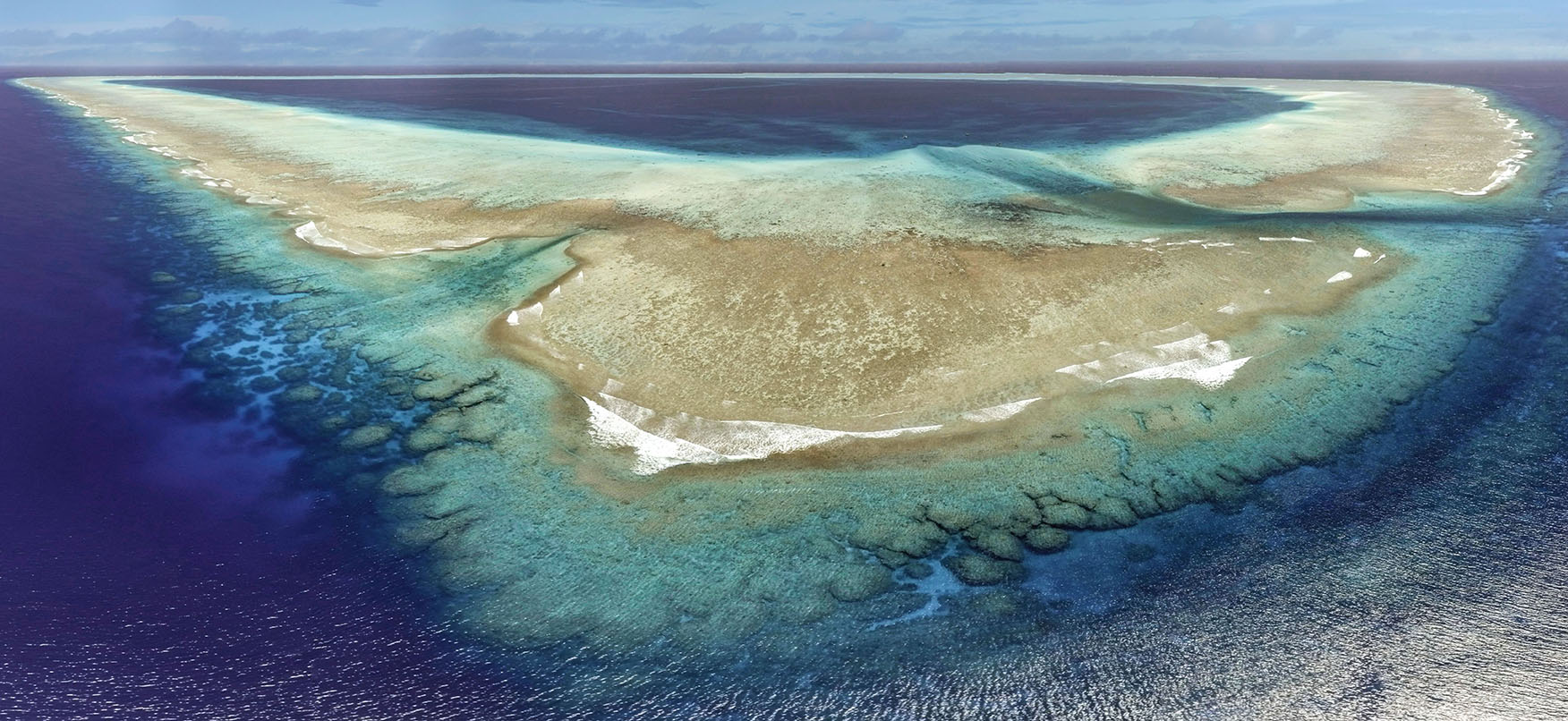Accessibility
The repository can be searched using the AIMS Data Explorer. See How to Use the AIMS Data Catalogue
The repository can be searched using the AIMS Data Explorer. See How to Use the AIMS Data Catalogue
The mission of the AIMS Data Repository is to capture, preserve and provide access to AIMS research data to support the institute's publicly funded research and data assets. The repository is committed to securely storing and publishing research data to enable reproducibility, promote research integrity and enhance access through innovative data tools linked to informative metadata.
On the edge of the north-west continental shelf, far from the Western Australian mainland, lie a series of remote coral reef systems that rise steeply from deep water to almost touch the ocean’s surface.
AIMS has been studying these oceanic reef systems for over 20 years, providing valuable knowledge about their plants and animals. To improve understanding of the entire region’s health over time, we are taking a coordinated approach to mapping, monitoring and assessing the resilience of these remote reef systems.

AIMS is a strategy-led organisation with research aligned to the nation’s evolving science priorities to develop globally relevant and innovative research solutions. AIMS has been a key leader in the National Marine Science Committee since its inception, and is a strong contributor to Australia’s National Marine Science Plan.
AIMS is a leading authority on the impact of pollutants on tropical marine life. Our expert ecotoxicologists study the effects of contamination caused by population growth, urbanisation, trade, industrialisation and mining on aquatic species.
AIMS scientists have access to a dedicated ecotoxicology aquarium and testing laboratory. We specialise in the impact of pollutants on tropical marine ecosystems, which is poorly studied and understood compared to temperate ecosystems.
AIMS’ risk assessment processes use mechanistic toxicity modelling techniques that combine ecotoxicology and biological response information.
These include:
We continue to develop new statistical methods for deriving threshold and guideline values for risk assessment.
AIMS has developed a full suite of standardised, chronic tropical toxicity tests to study the impact of pollutants on groups including:
The AIMS research fleet provides access to all of Australia's tropical marine environments. Two large purpose-built ships, the Research Vessel (RV) Cape Ferguson and the RV Solander, and a number of smaller vessels take researchers to the diverse habitats that make up our tropical marine environment.